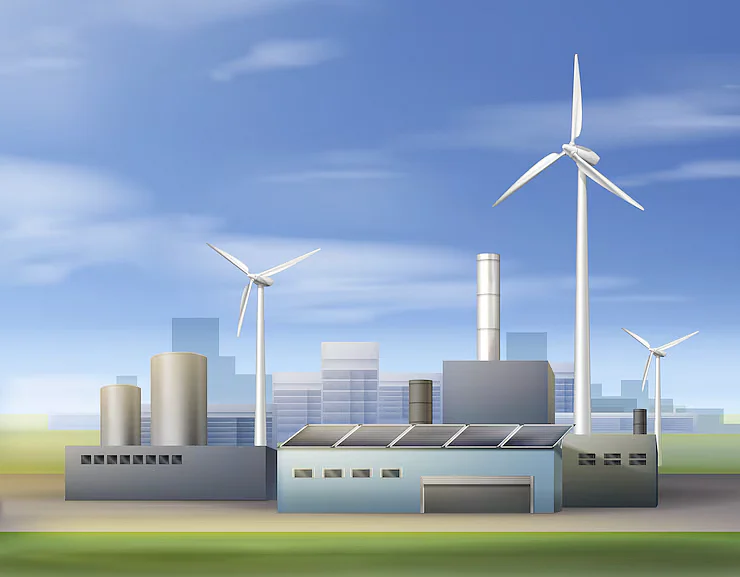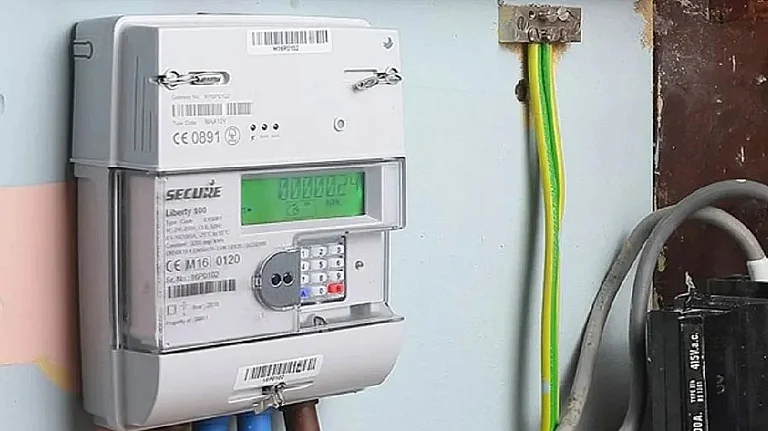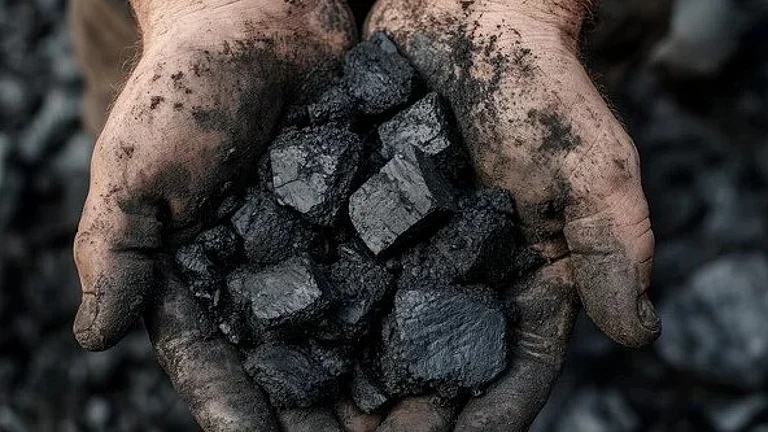
India needs 61 GW of energy storage by 2030 and nearly 100 GW by 2032 to meet clean power targets.
Study by IECC Berkeley and Power Foundation of India under Ministry of Power highlights importance of energy storage for 24/7 clean power.
India on track for 500 GW non-fossil electricity capacity by 2030; may need coal if storage deployment lags.
Reference Case projects non-fossil capacity to exceed 500 GW by 2030 and reach ~600 GW by 2032.
India will require a massive scale-up in energy storage systems to meet its clean power targets, with 61 GW of capacity needed by 2030 and nearly 100 GW by 2032, according to a new study.
The study, conducted by the India Energy and Climate Center at the University of California (IECC), Berkeley, and the Power Foundation of India under the aegis of the Ministry of Power, says India is well on track to achieve its target of 500 GW of non-fossil electricity capacity by 2030.
However, it warned that India may have to fall back on coal if energy storage deployment lags.
In the 'Reference Case' scenario, which assumes utilities comply with the current state and national Renewable Purchase Obligations (RPO) and energy storage targets, India's total non-fossil capacity is projected to exceed 500 GW by 2030 and reach approximately 600 GW by 2032, the report said.
"We are already about halfway to our 500 GW target," said Nikit Abhyankar, lead author of the study and Co-Faculty Director of IECC.
"The next step is to scale energy storage at unprecedented speed to make clean power available around the clock. This will require USD 40-50 billion (₹3-4 lakh crore) of investment in storage by 2032, but the payoff is enormous: consumers could save nearly USD 7 billion (₹60,000 crore) every year in power costs. To get there, India will need bold policy and market action," he said.
The analysis projects that renewable energy generation, excluding large hydro, will rise more than five times from 210 TWh in 2023 to 1,195 TWh by 2032, accounting for nearly half of India's total power output.
Energy storage will be critical to manage this surge.
"By 2030, a total of 61 GW/218 GWh of energy storage is projected to be cost-effective to support 500 GW of clean power capacity. This requirement is expected to grow to 97 GW/362 GWh by 2032," the study said.
Until 2027, two-hour battery systems will dominate, primarily to meet evening peak demand. Thereafter, four-hour batteries will take the lead.
Locations for large-scale battery deployment are expected in states such as Gujarat, Rajasthan, Maharashtra, Uttar Pradesh, Andhra Pradesh and Telangana, where solar capacity is high and peaking capacity is limited.
The report warned that if energy storage "cannot be deployed fast enough, about 57 GW of new thermal capacity would be needed by 2030 and 80 GW by 2032", implying total coal capacity will be 270 GW by 2030 and 294 GW by 2032, even if utilities meet their RPO targets.
Recent developments have made storage economically viable.
India's battery storage auctions have seen prices fall by nearly 65% in three years. In December 2024, the Solar Energy Corporation of India (SECI) received a record-low bid of ₹3.52 per unit for solar-plus-storage projects. Analysts say this price makes battery storage a commercially attractive option for supplying evening power.
Globally, battery production capacity has surged to over 5,000 GWh per year, more than four times current demand, with China holding more than 80% share. This oversupply has pushed costs downward, a trend expected to continue through 2030.


























.jpg?w=200&auto=format%2Ccompress&fit=max)


